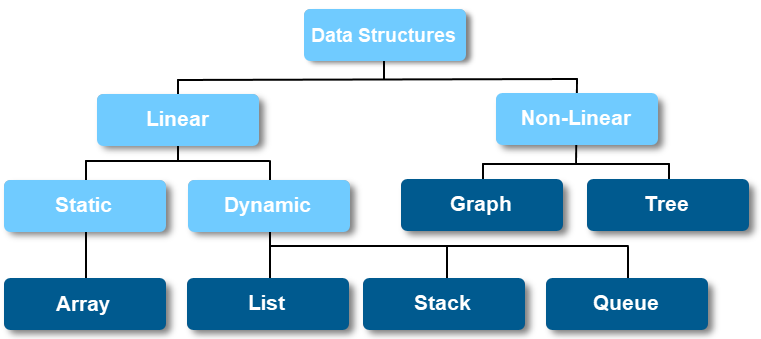Following Key Topics to Cover in Data Structures and
Algorithms-
1) Introduction to Data Structures
- Arrays and Strings
- Linked Lists
- Stacks and Queues
- Trees and Binary Search Trees (BST)
- Graphs and Graph Algorithms
2) Analysis of Algorithms
- Time and Space Complexity
-
Asymptotic Notations: Big O, Big Omega, Big Theta
-
Algorithm Design Techniques: Divide and Conquer,
Greedy, Dynamic Programming
- Recursion and Backtracking
3) Sorting and Searching Algorithms
- Bubble Sort, Selection Sort, Insertion Sort
- Merge Sort, Quick Sort, Heap Sort
- Binary Search
- Linear Search
4) Advanced Data Structures
- Hash Tables and Hashing Techniques
- Priority Queues and Heaps
- Trie Data Structure
- Segment Trees and Fenwick Trees
5) Dynamic Programming
-
Optimal Substructure and Overlapping Subproblems
- Memoization and Tabulation
- Examples of Dynamic Programming Problems
- Advanced Dynamic Programming Techniques
Mastering Data Structures and Algorithms is essential
for developing efficient and scalable software
solutions, solving challenging computational problems,
and excelling in technical interviews. This curriculum
covers foundational topics required to understand,
design, and analyze algorithms, as well as implement
data structures effectively. By acquiring these
skills, you can become a proficient problem solver and
advance your career in computer science and software
engineering.



